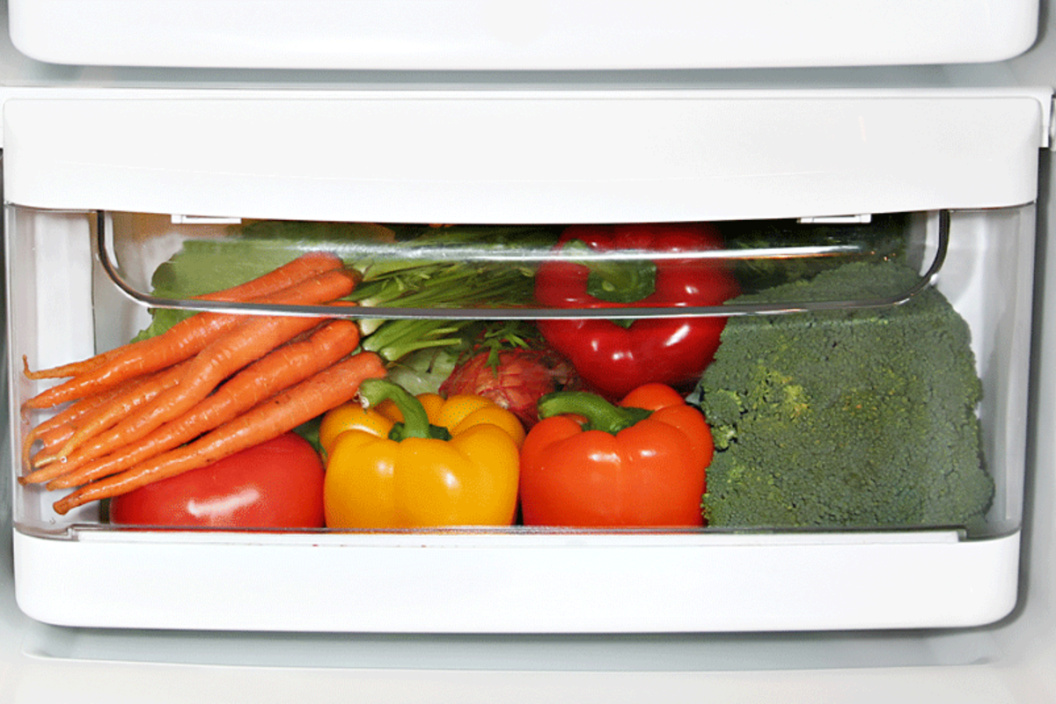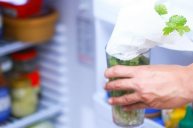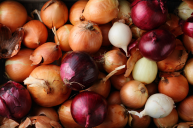Raise your hand if you've ever opened a crisper drawer to find a forgotten lime or half a cucumber. That bagged salad you swore you were gong to eat for lunch this week. Or perhaps cans of soda or bottles of beer, because where else would you store those? The crisper drawers inside your refrigerator can be one of your most valuable tools in the kitchen. Not only do they make your produce easy to store, they also keep healthy vegetables fresher longer, which in turn saves you money and makes it more convenient to get dinner on the table every night.
Crisper Drawers and How to Use Them
To many home cooks, these bins are black holes of random produce—put all the fresh vegetables and fruit in them when you get home from the grocery store or farmers market and promise you're going to use them. To others, the drawers are the perfect place to toss odds and ends for storage.
It's time for a crisper drawer 101. What are these plastic drawers and how should you use them? We'll take a close look at their purpose and function, then give you some tips to get the most out of your coolest appliance.
How a Crisper Drawer Works
It's not the temperature, its the humidity (or the lack thereof). And in a refrigerator, humidity control is all about airflow.
Crisper drawers are designed to minimize or maximize airflow based on vents. Modern refrigerators allow you to set those vents, usually with a slider on the front or top of the drawer, to a high humidity or low humidity setting for the individual drawers. If your refrigerator's drawers don't have a setting option, you should assume they're designed to maintain humidity.
Some fruits and vegetables release ethylene gas, which is a natural aging hormone in plants that affects the ripening process. Ethylene gas can be useful if you want to ripen a banana or avocado faster; that's why you hear the advice to put bananas in a closed paper bag.
However, if you're trying to keep most vegetables and fruits fresher longer, you want to minimize their exposure to ethylene gas. The low humidity setting restricts airflow, trapping the ethylene gas.
Keeping produce that gives off lots of ethylene gas separate from the rest of your produce, say in two different drawers, is the best way to maintain both types of produce. So what should you store in high humidity and what should you keep in the low humidity drawer?
What Goes in Each Drawer?
Also known as the fruit or vegetable drawer, your crisper drawers are meant to do exactly that: Store fresh fruits and vegetables. Dividing your fresh produce up into different drawers can help keep that produce fresher longer.
The low humidity (low airflow) setting is for your ethylene-producing fruits like stone fruits (peaches, apricots and nectarines), melons, apples, pears and avocados.
The high humidity setting (airflow) is for produce that wilts easily, like leafy greens or fresh herbs, and for ethylene-sensitive fruits like strawberries. You also want to store thin-skinned vegetables in high humidity—think squash, green beans and cucumbers—as well as cruciferous vegetables like broccoli.
Other Uses for a Crisper Drawer
Yes, you can use these drawers to store beer—this is a no judgement zone.
Another good use for one of those drawers is to store raw meat, fish and poultry. Crisper drawers are at the bottom of your refrigerator, which is usually the coldest part of the appliance. Plus, being at the bottom of the fridge, you don't have to worry about it dripping on anything else which decreases the potential for cross contamination.
Tips and Tricks
Here are a few other tips to help you get the most out of your crisper drawers:
1. Keep the drawers about two-thirds full; they're designed to work best that way. Don't pack them super full because air won't be able to circulate well inside the drawer.
Not to mention, the jars are a super cute and efficient way to store things.
2. Use other dividers and bins to create separate spaces within the drawers, which helps protect delicate things like berries and leafy greens.
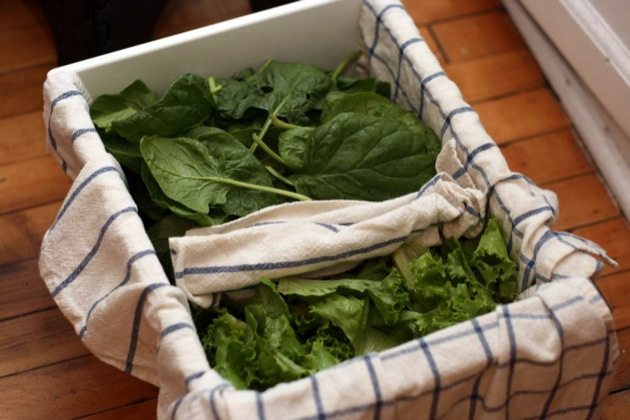
The Paupered Chef
This amazing tip turns a crisper drawer into a salad bin: line a drawer with towels, even creating separate spaces, then store washed and dried greens directly.
3. If you only have one vegetable drawer, or you don't have controllable vents, use a container with a fitted lid for ethylene-producing fruits.
Not saying you have to put every single item of produce into a separate container, but it's definitely organized!
4. There are some produce items you shouldn't store in the crisper drawers.
Mushrooms are best stored in the original container (or even better, paper bags) on one of the shelves in your refrigerator, not in a drawer (even a low humidity drawer).
5. Plan a meal around cleaning out your crisper drawers. Pick a day every week where you pull everything fresh out of your refrigerator and use it up. We've even got a couple of recipe ideas for you to help with that process!
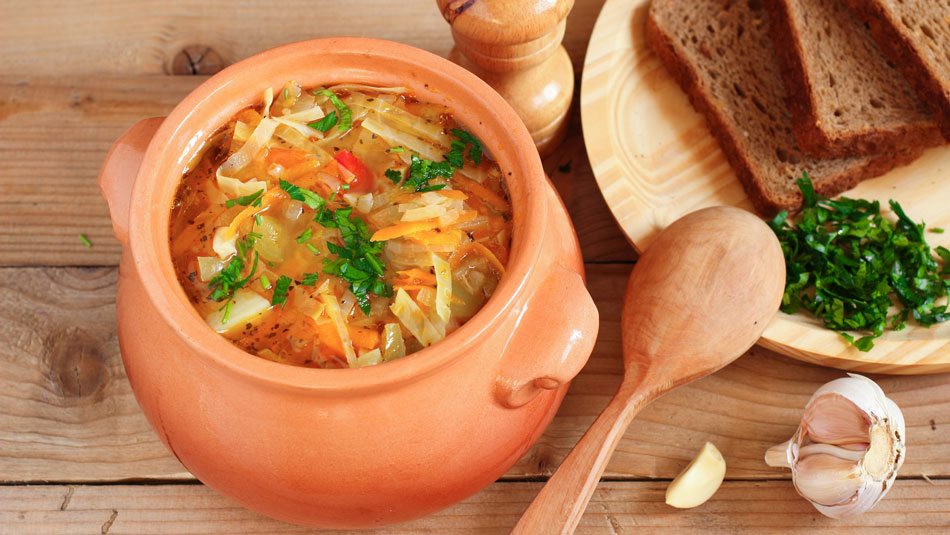 This Cabbage Soup recipe is the perfect jumping off point for whatever odds and ends of vegetables that need to be used before going bad.
This Cabbage Soup recipe is the perfect jumping off point for whatever odds and ends of vegetables that need to be used before going bad.
This Teriyaki Chicken Casserole calls for frozen vegetables, but you can sub whatever fresh veggies you have in your crisper drawers (broccoli, peppers, squash, green beans, cabbage).
